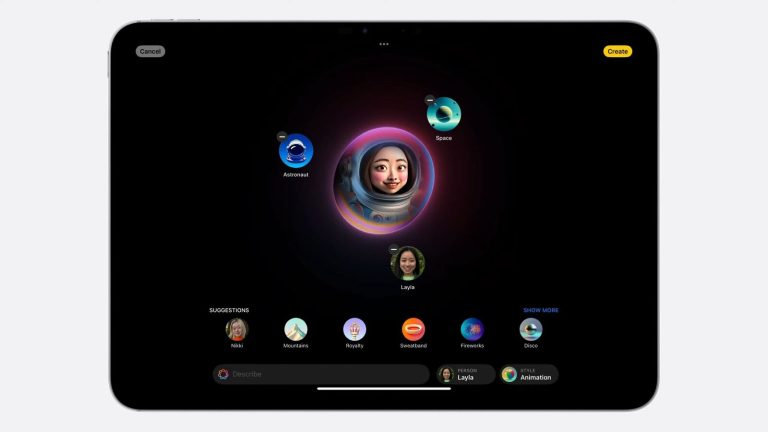Apple had hedged a lot of its hopes on its new artificial intelligence features (which it calls Apple Intelligence) features that were first introduced at WWDC 2024 and were supposed to roll out with iPhone 16 last year but that didn’t fully materialize. While the Cupertino based tech giant has given some of those features via new updates, many crucial features are still lacking even with the lates iOS 18.4 build.
The problem isn’t just that Apple’s AI features have been delayed, even the features that have been rolled out haven’t received great response from even the most loyal iPhone users. Add to that, Samsung and Google adding newer and newer AI features with every launch backed by Gemini AI.
Apple’s plan to catch up in the AI race:
Apple is now ratching up with a plan to catch up in the AI race by improving the efficiency of its foundation model by analysing the data on customers’ devices, according to a report by Bloomberg.
Notably, the iPhone maker currently uses synthetic data to train its AI models. This data mimics the real-life user inputs without any personal details but isn’t always representative of the actual user data.
In order to catch up with OpenAI and Google, Apple will use a new method to create ‘useful synthetic data’ by comparing the existing data it has with the recent samples of real world emails from iPhone, iPad and Mac email app.
By comparing the real world emails with the fake inputs, Apple will then be able to determine which part of its data is most in line with the actual use case. The new method is expected to help the company to improve some of its AI features like notification summaries and Writing Tools.
“Synthetic data are created to mimic the format and important properties of user data, but do not contain any actual user generated content. When creating synthetic data, our goal is to produce synthetic sentences or emails that are similar enough in topic or style to the real thing to help improve our models for summarization, but without Apple collecting emails from the device.” Apple explained the process in a blogpost.


